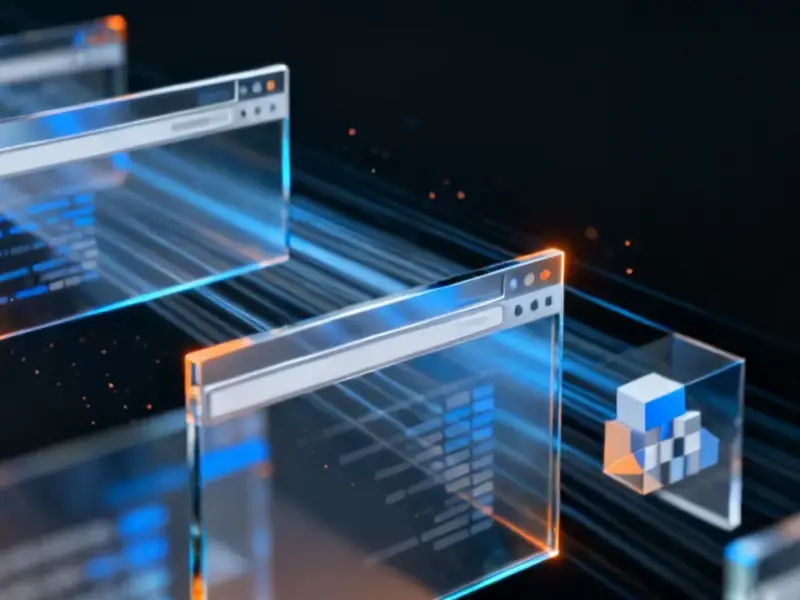According to Business Insider, Joe Tigay, portfolio manager of the Rational Equity Armor Fund, is sounding the alarm about the AI stock rally’s durability heading into 2025. He specifically warned that without demonstrable economic impact, the current boom amounts to “building a sandcastle at high tide.” Tigay pointed to Amazon’s recent layoffs where the company cited AI as a factor, noting their Q3 North America sales still grew 11% year-over-year despite the cuts. His core concern is that AI-driven efficiency is resulting in permanent job losses across major tech companies without creating sufficient new opportunities. For the rally to have legs beyond 2025, Tigay insists we need to see AI benefits translate into broad-based economic improvement rather than just infrastructure spending.
The Sandcastle Problem
Here’s the thing about Tigay’s warning – it cuts right to the heart of what makes this AI boom feel different from previous tech cycles. We’re pouring billions into infrastructure, but what happens when the building stops? Basically, we’re constructing these massive AI capabilities without clear evidence they’ll generate enough economic value to justify the investment long-term. And that’s the sandcastle analogy – it might look impressive now, but will it withstand the tide of reality?
The Job Market Conundrum
Tigay’s really worried about the labor market dynamics here. If AI just becomes an efficiency tool that eliminates jobs without creating new ones, we could see a demand collapse. People without jobs don’t spend money, and consumer spending drives like 70% of the economy. So we’re potentially creating this weird situation where companies get more efficient but have fewer customers who can afford their products. Amazon’s situation is telling – growing sales while cutting jobs. How sustainable is that model across the entire economy?
The Transition Period
Now, Tigay doesn’t think displaced workers will be jobless forever. But he acknowledges nobody really knows how this transition will play out or how long it will take. And during that transition period? People retraining and looking for work tend to spend less, creating economic headwinds. We’ve seen this movie before with manufacturing automation, but AI’s potential impact is broader and happening faster. The question is whether new opportunities will emerge quickly enough to offset the losses.
Beyond the Hype Cycle
What makes this analysis particularly relevant is timing. We’re probably approaching peak infrastructure spending, and the real test comes after the buildout completes. Will AI actually deliver productivity gains that benefit the broader economy, or will it remain concentrated in tech company profits? Tigay’s essentially saying the current stock market rally is betting on the former, but we need to see evidence soon. Otherwise, 2025 could be when we discover whether we’ve built something lasting or just an elaborate sandcastle.




